While dogs can be wonderful companions and members of the family, it’s important to remember that not all breeds are created equal, especially when it comes to interacting with children. Certain factors like size, temperament, and energy levels can make some breeds a better fit for certain lifestyles than others. This article explores several dog breeds that may not be the ideal choice for families with young children, aiming to raise awareness and promote responsible pet ownership. It’s important to note that individual personalities can vary within breeds, and responsible dog ownership, training, and supervision are crucial for any dog, regardless of breed. We at StudyFinds read through eight different expert sources to come away with the top seven worst dogs for children that you may want to think twice about bringing home.
Let’s dive into some breeds that may not be the best pick for your pack. As always, we at StudyFinds have researched multiple expert sources to bring you the consensus ranking of the top seven worst dog breeds for kids. Don’t agree with our list? We would love to hear from you in the comments below! Now, onto the list.
➡️ How Our “Best Of The Best” Lists Are Created
StudyFinds’ “Best of the Best” articles are put together with the idea of taking the work out of common consumer research. Ever find yourself searching for a product or service on Google and reading multiple reviews to find items listed across many of them? Our Best of the Best lists are created with that process in mind, with each item ranked by how frequently it appears on expert reviews or lists. With Best of the Best, you are getting consensus picks — making them truly the best of the best!
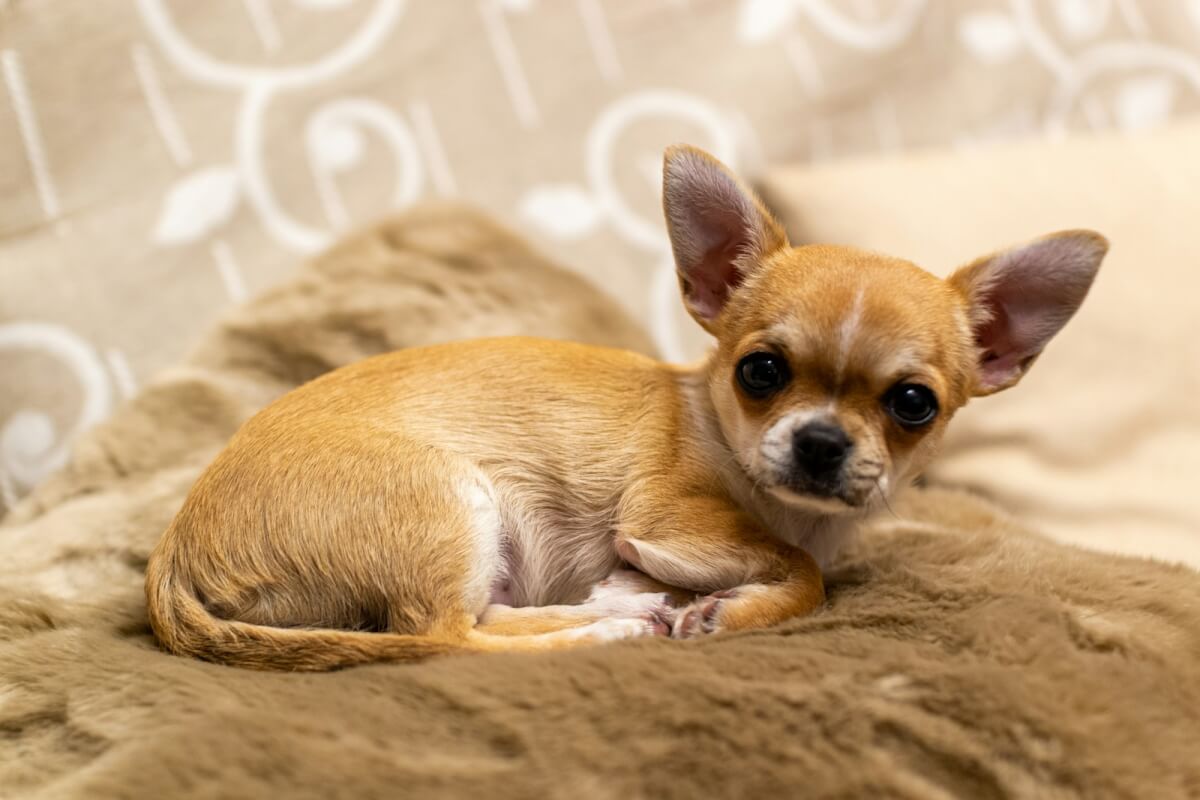
The List: Worst Dogs For Children, According To Expert Sites
1. Chihuahua
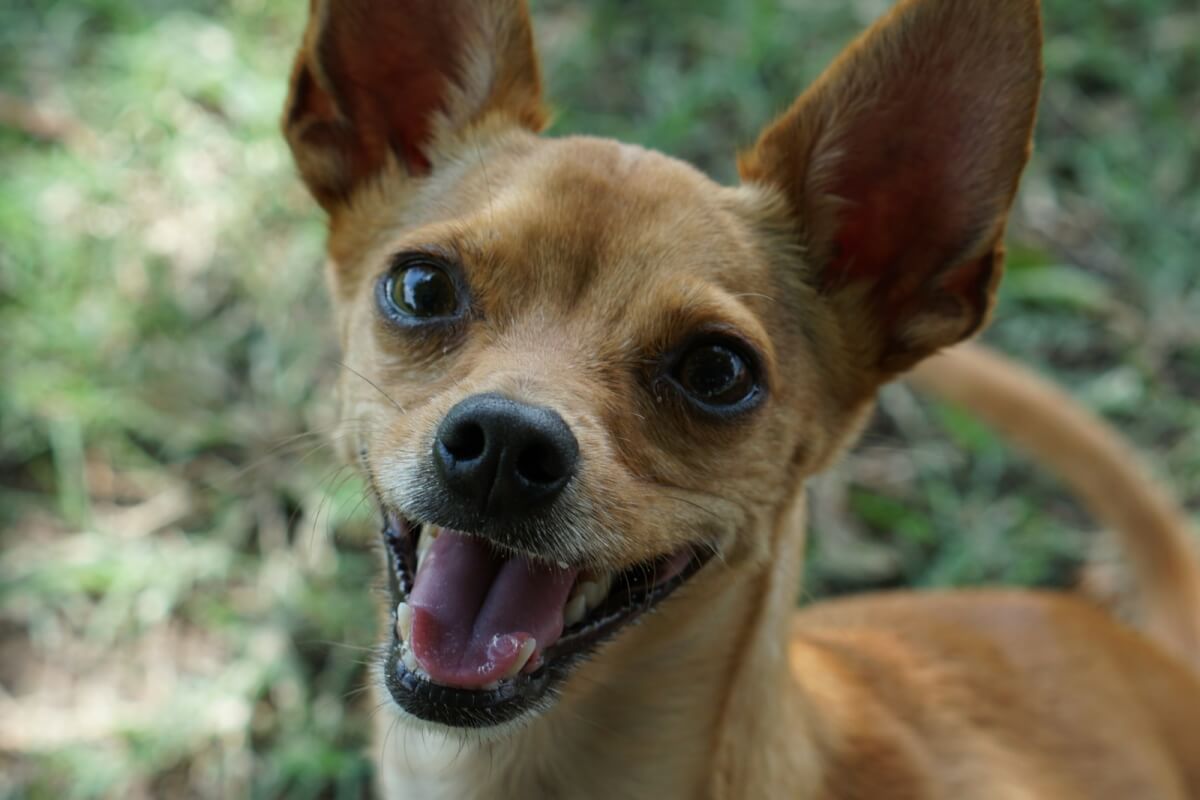
You would think being so tiny, they would be kid-friendly. Nope. Not only are they moody, but they cherish their space. If a child were to innocently invade it, they would nip. Pet Keen comments on their fragility and how they would benefit more in a relaxed environment.
Let’s face it, Chihuahuas are more of an accessory than your child’s best friend. You may see their heads sticking out of purses, but they’re not as chill as they look. Hepper says they can be can be “extremely aggressive, territorial, and prone to biting.”
Chihuahuas are all things sass, including being protective which is never a great combination if a child is fooling around. This breed shouldn’t engage in roughhousing because they too could get injured. A-Z Animals says Chihuahuas are best for families with kids ten and older.
2. Akita
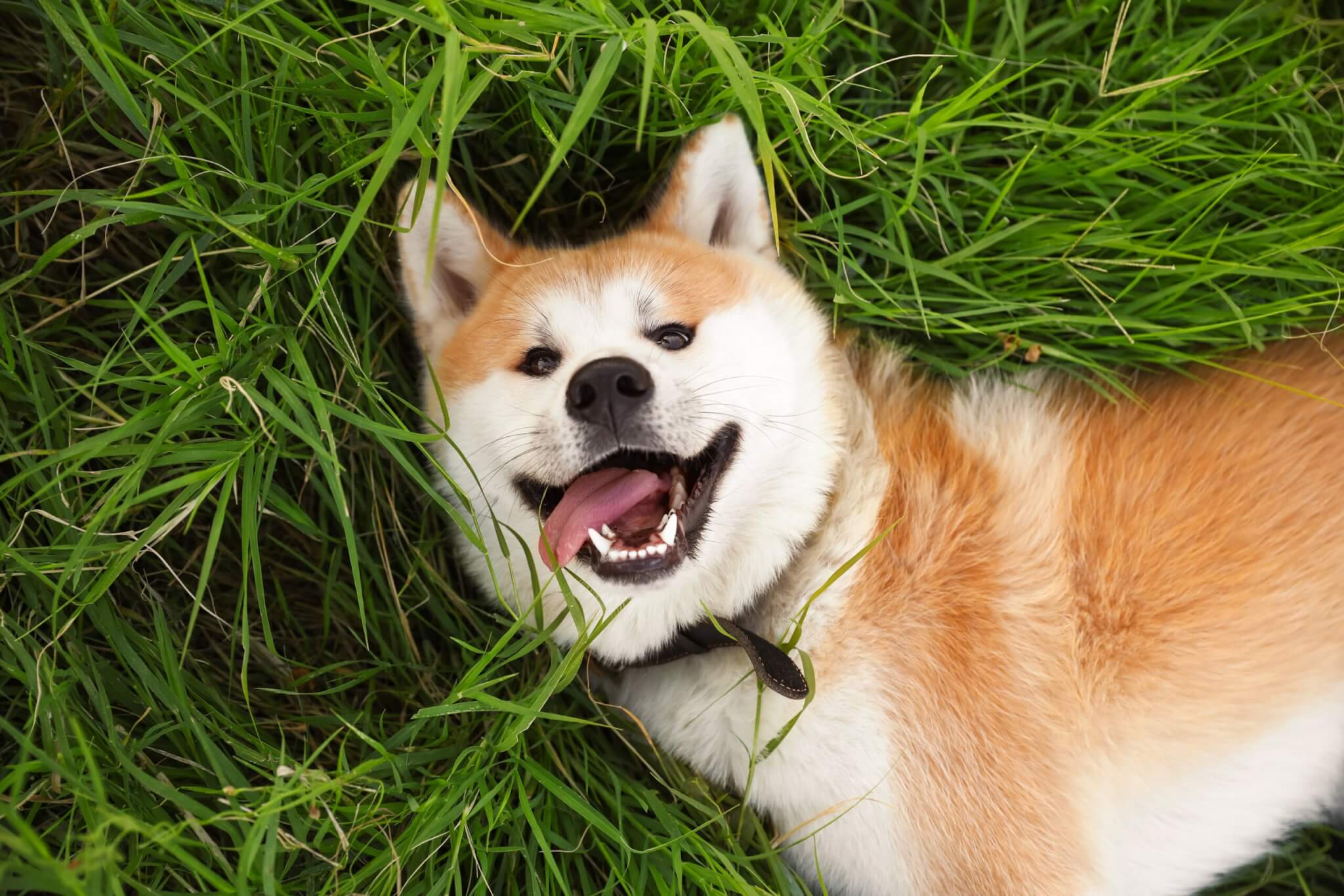
Don’t get us wrong, Akitas are strong protectors to their families, but they may take it a little too seriously with zero desire to play with kids. They are quite strict and don’t tolerate goofing around very well. Pet Keen advises that “once a child is of age to fully respect a dog’s boundaries, an Akita might work in your home.”
Akitas are actually phenomenal watch dogs. And they do love kids. Their protection may just get a little twisted when the kids have friends or cousins over. Hepper tells us that Akitas could confuse rough housing with violence.
The Akita is of Japanese origin. They are protective of their family, but what’s great is that they don’t need constant attention. This does, however, make them a little unfriendly at times. A-Z Animals advises that you keep these dogs in households with one or two adults and older children.
3. Chow Chow
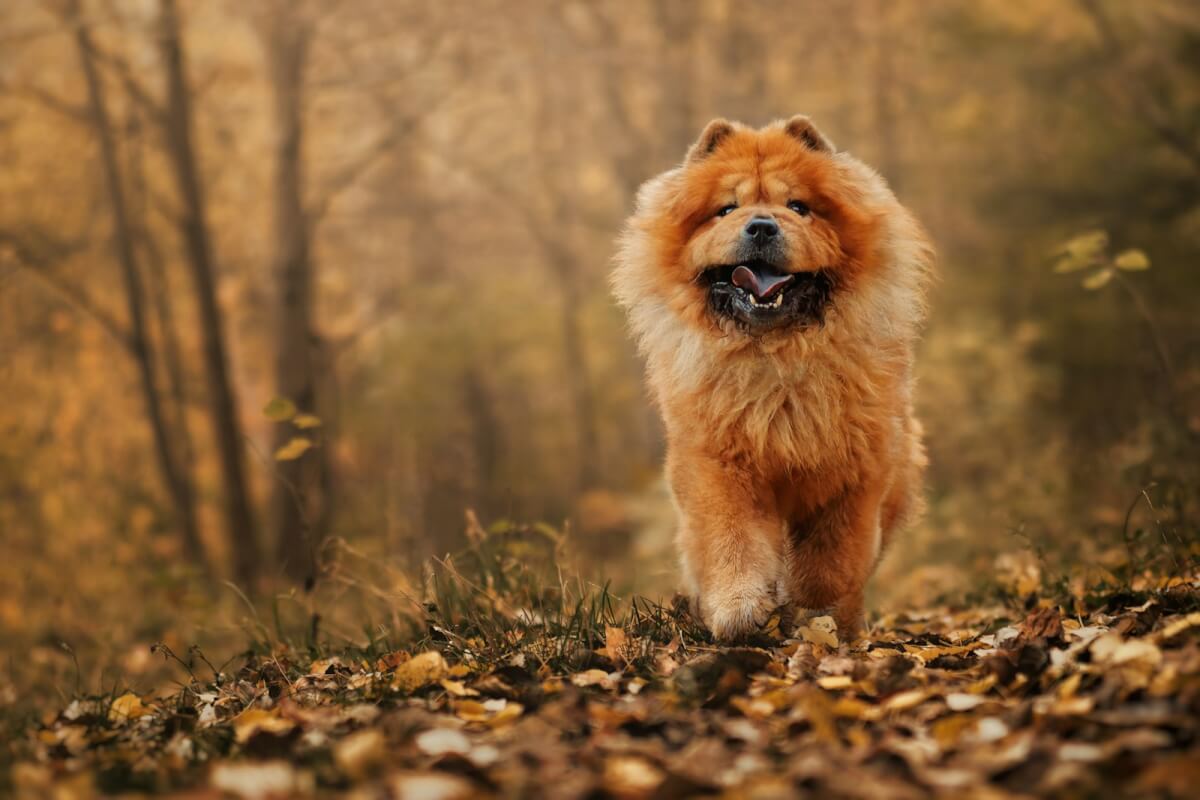
What a shame Chow Chows are on the list of worst dogs for kids. How can one resist jumping into that cuddly fur? But, these dogs don’t always welcome cuddles, especially if they are resting. Pet Keen says they will get aggressive.
The issue with Chow Chows are their intolerance towards strangers, even kids. Hepper says they are completely dedicated to their families, but overprotective too.
Chow Chows are a Chinese breed who love their owners, but mostly adults. While they aren’t the aggressors, they aren’t huge fans of loud playing. Surprisingly, they are not very playful and, according to A-Z Animals, have little patience.
4. Pekingese
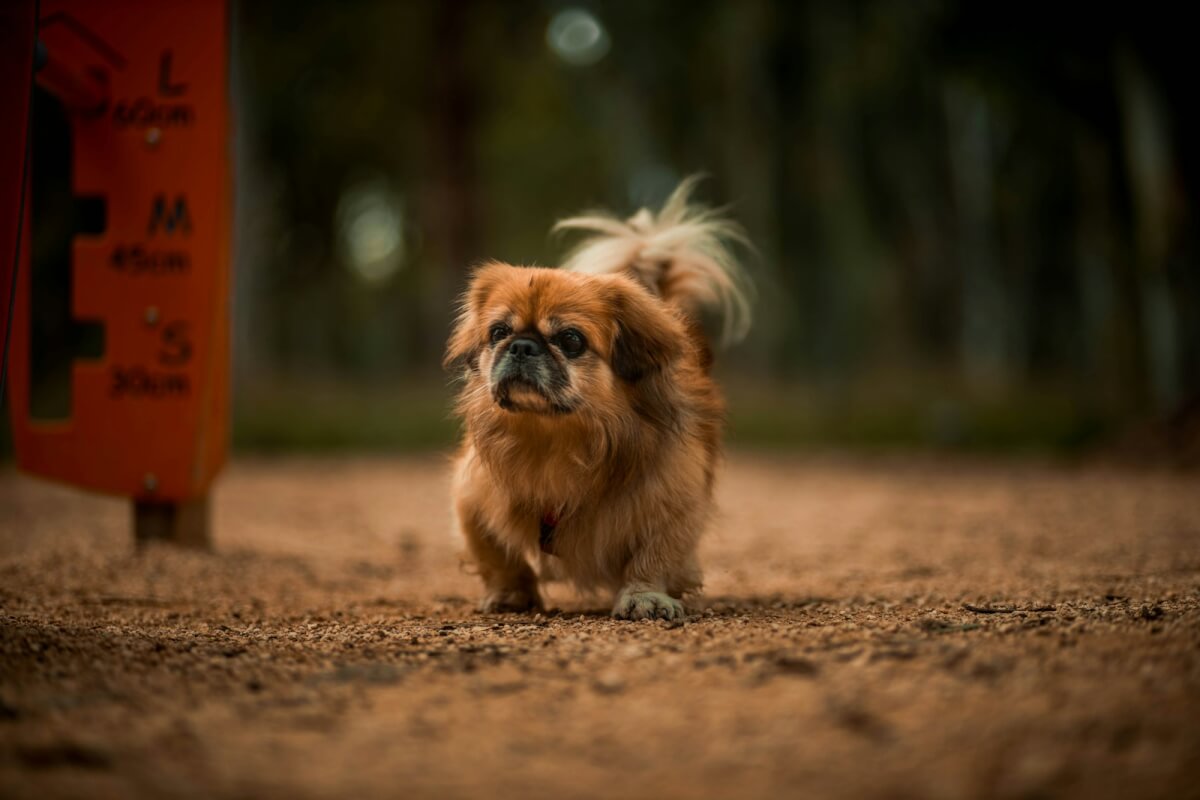
Another cutie that may fool you into thinking they like kids is the Pekingese. According to Pet Keen, Pekingese might suffer from little dog syndrome. This is when their tiny size may give them a larger view of everyone, including kids, viewing them as a rival.
A Pekingese much prefers a relaxed environment where they can be unbothered with their favorite humans. We love how Hepper explains that they have a major “Napoleon complex” by overcompensating for their small size with feistiness.
Another breed from ancient China, the Pekingese is a small breed with a big personality. Their size also puts them at risk for getting hurt around roughhousing kids. They may snap at them if they are frightened, according to A-Z Animals.
5. Siberian Husky
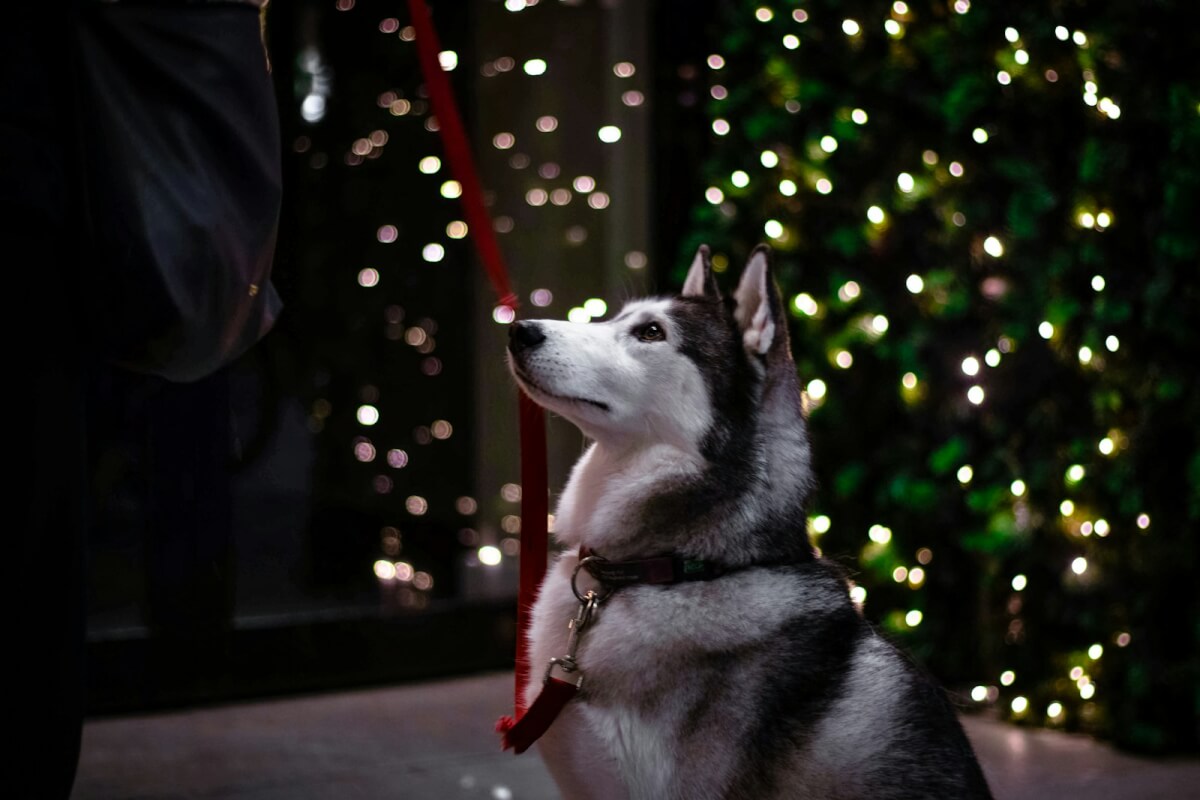
This breed may hit number one on the most beautiful dogs list, but not in the realm of households with kids. It’s not that they don’t like them, they’re just pretty hyper and crazy. A child could get accidently hurt. Pet Keen says this makes them hard to control.
If you were looking for a mannerly dog that your kids can casually walk down the sidewalk, the Husky is a bad choice for that, too. These dogs are extremely energetic, making them potential flight risks. Hepper adds that Huskies don’t always know how to play appropriately with small children. That could lead to rough play that quickly gets out of hand.
Even worse, these dogs are known for being independent and hard to train, so you’ll have a hard time convincing them to play the way that you want them to. However, if you have older kids, then a Husky could be the rough-and-tumble playmate that they’ve always wanted.
6. Alaskan Malamute
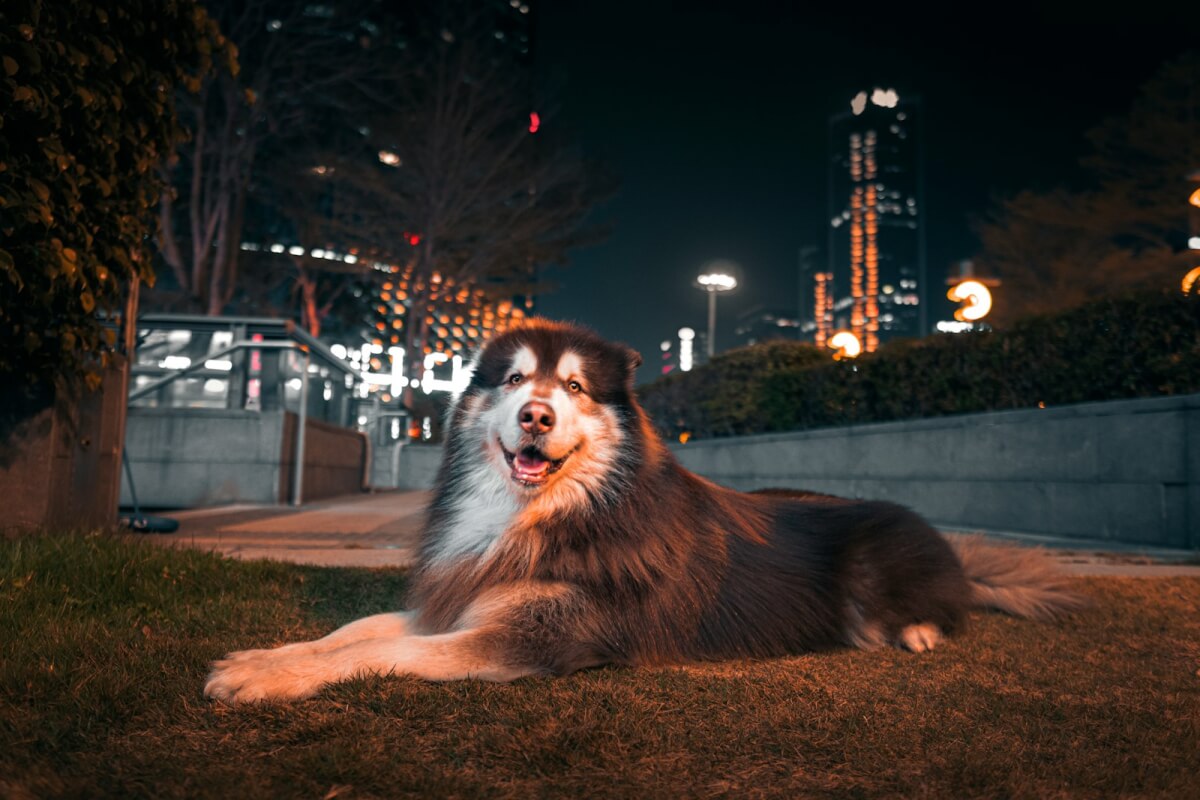
Here is another gorgeous dog we wish were good with the kiddos. But these big guys are made for hard work, pulling sleds. It’s not that they don’t like kids, they love their families. They’re just another breed who doesn’t know their own strength and could knock a child down. Because of this, Pet Keen says they need attentive training.
Some Malamutes are known to be more reserved and unaccepting of change, which might be tricky if you’re thinking about adopting an adult. You should wait until children are a bit older before bringing one home. According to Hepper, they are “extremely energetic and difficult to train, and they can be nightmares to walk.”
Pet Helpful says this breed is so strong that they can “challenge a polar bear and other top predators.” They are amazing dogs who are loyal to their owners, but it is recommended that first time pet owners with kids opt for a different breed.
7. Shih Tzu
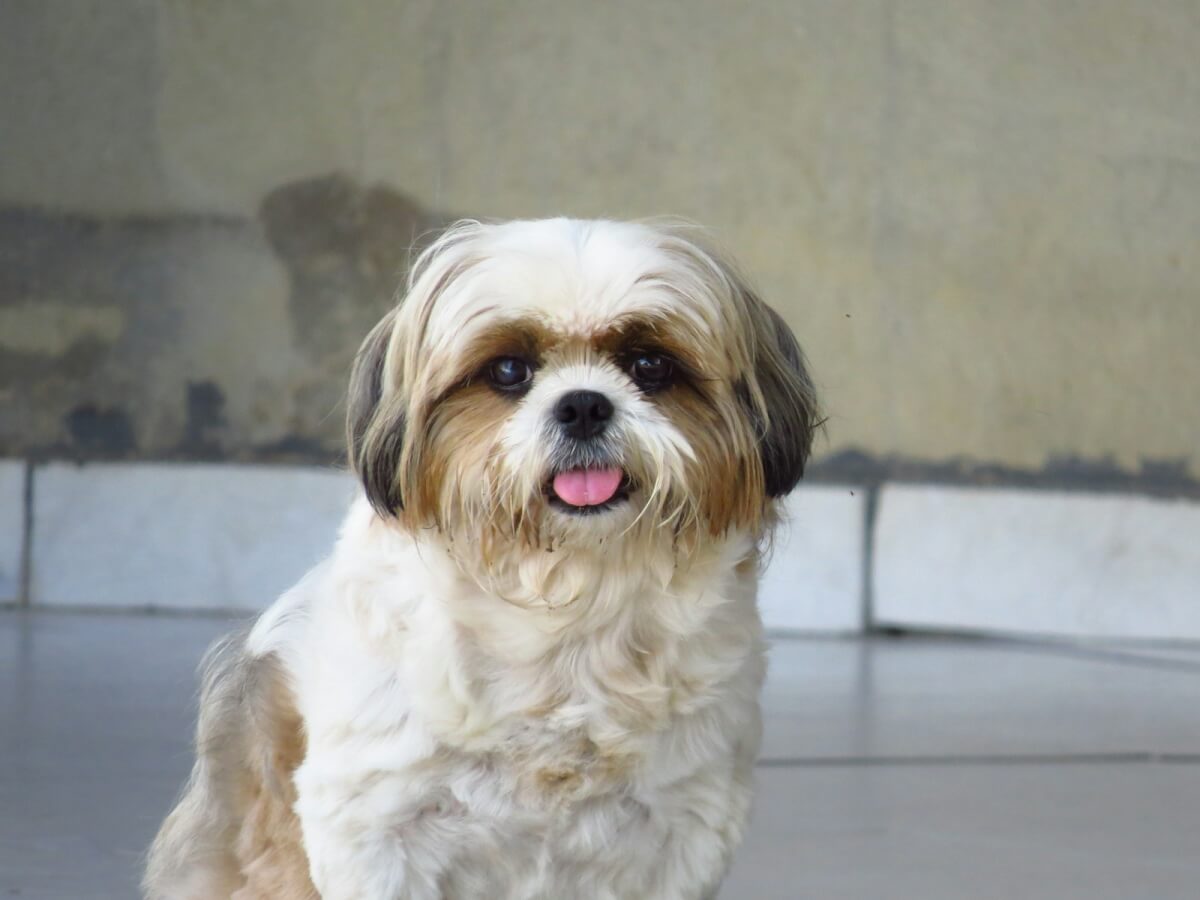
Shih Tzus have a knack for being in the way, so a household with kids, babies, or seniors could get tricky as they weave through everyone’s legs. Actually, Hepper informs us that many breeders won’t even sell their puppies to families with little ones.
This is a breed that can put your children in the hospital without ever laying a tooth on them. Everyone, even adults, need to be careful while walking around. Be extra careful you don’t step on them as well. Spruce Pets says children should play with them while sitting on the floor.
Keep in mind that Shih Tzus can also bite when they get scared or nervous. According to Dog is World, they can also start feeling neglected if proper attention is not given to this breed which can lead to separation anxiety and undesirable behavior.
Factors for a safe relationship between dogs and children:
- Breed and temperament: Some breeds are generally known for their gentleness and patience with children, like Golden Retrievers or Labrador Retrievers. However, individual personalities within breeds can vary.
- Age and size: Younger children are more vulnerable to injuries and may need closer supervision around larger or more energetic dogs.
- Proper training and socialization: Both dogs and children need proper training and socialization to interact safely and respectfully. Dogs should be trained in basic obedience commands, while children need to be taught how to interact with animals gently and appropriately.
- Supervision and guidance: Adult supervision is crucial, especially when young children are around dogs. Adults can monitor interactions, intervene if necessary, and guide both children and dogs on how to behave appropriately.
You might also be interested in:
Sources:
- Pet Keen
- Hepper
- Heavenly Roots Farm
- A-Z Animals
- Pet Helpful
- Spruce Pets
- Dog is World
- Petcare Supplies
Note: This article was not paid for nor sponsored. StudyFinds is not connected to nor partnered with any of the brands mentioned and receives no compensation for its recommendations. This article may contain affiliate links in which we receive a commission if you make a purchase.
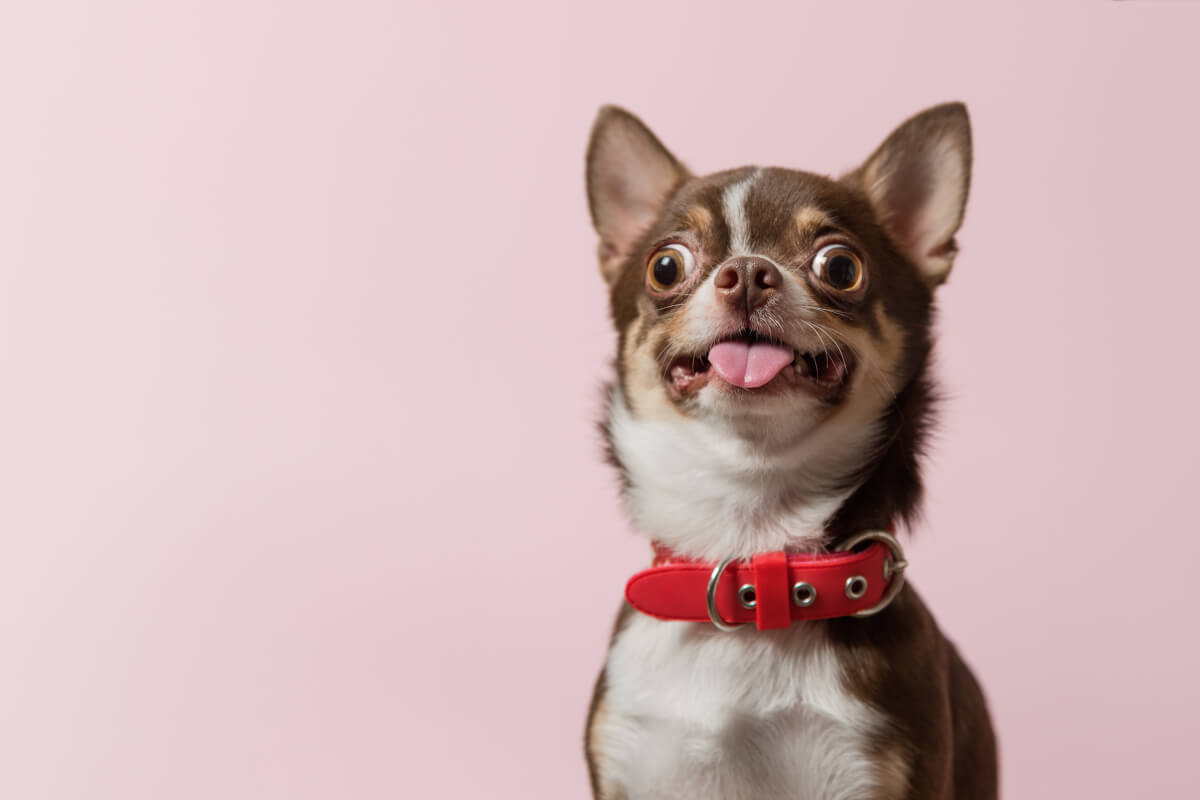
I agree with the listed breeds but would have added all the gladiator breeds too such as rottweiler and pitbull as well as great danes. Just their huge size is a danger to children, regardless how gentle they can be.
Good thing the author never mentioned the Kangel, Alabai or Caucasian Ovcharka…